

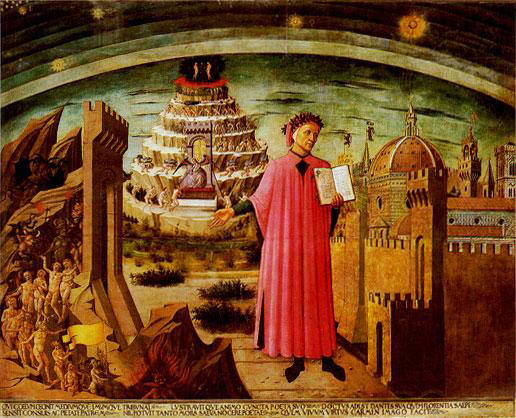 |
| Domenico di Michelino, The
Comedy Illuminating Florence, 1465 Dante holding his Divine Comedy, looks toward Florence on the right and gestures toward Hell on the left. Behind Dante is Purgatory with Adam and Eve on top. Above everything are the Heavenly Spheres. |
 |
| Pisa, Italy - Baptistry : pulpit (detail) by Nicola Pisano; Annunciation and Adoration of the Magi |
 |
| Cimabue, Virgin Enthroned with Angels |
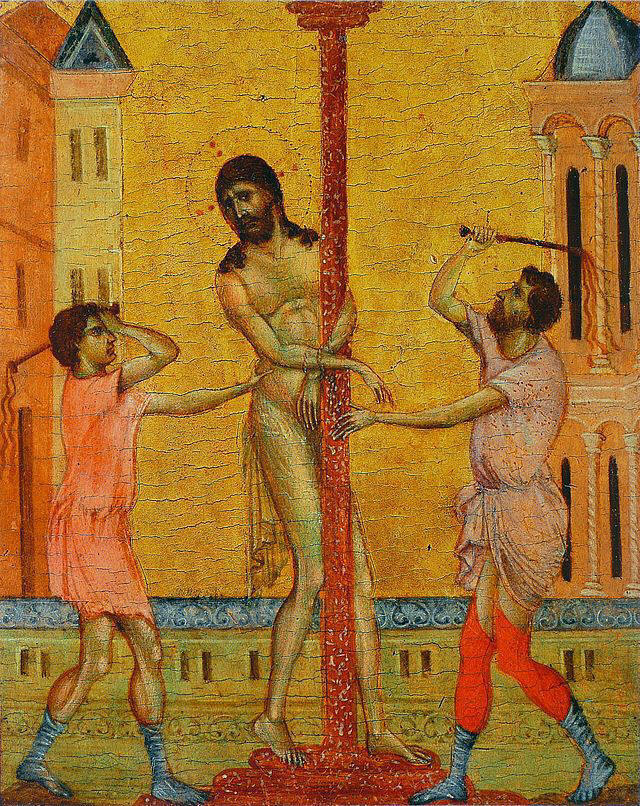 |
| Cimabue - Flagellation |
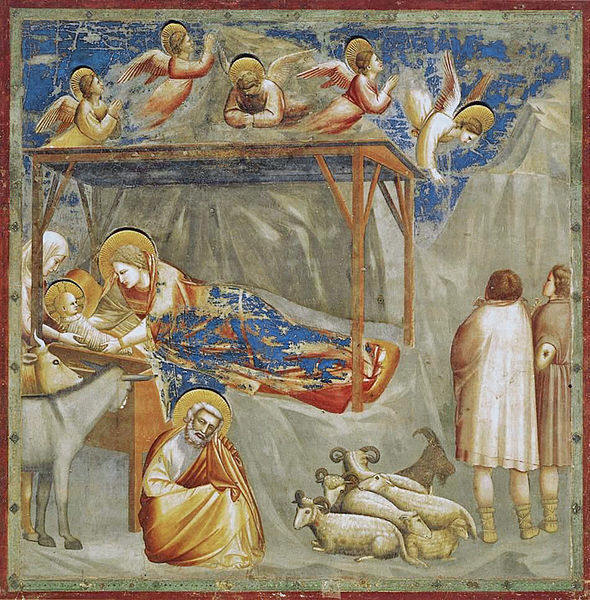 |
| Giotto, Scenes from the Life of Christ, Nativity, fresco, Scrovegni Chapel |
_-_WGA09216_adj.jpg) |
| Giotto, Scenes from the Life of Christ, The Kiss of Judas |
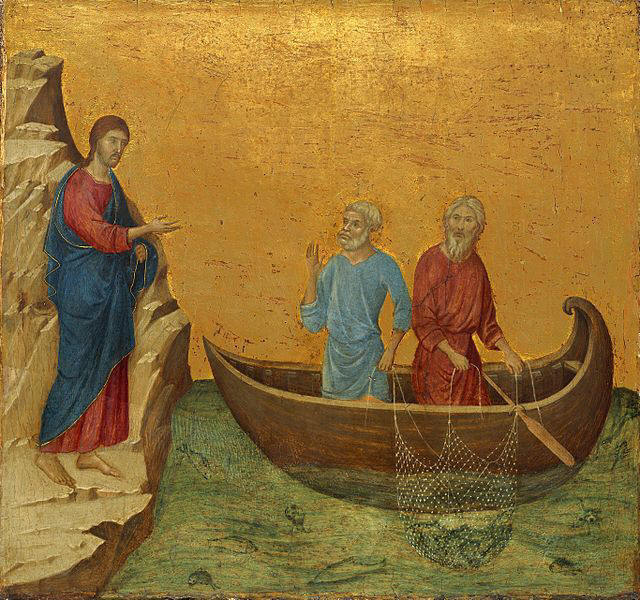 |
| Duccio di Buoninsegna, The
Calling of the Apostles Peter and Andrew (from the Maestà) Style notes: Duccio's worked on wood panel, painted in egg tempera and embellished with gold leaf. Duccio’s style was Byzantine art some ways, with its gold backgrounds and familiar religious scenes but also different and more experimental. Duccio’s paintings are warm with color, and inviting. Noted for: a high delicate details and complex organization of space. Duccio began to break down the sharp lines of Byzantine art, and soften the figures. He used modeling (playing with light and dark colors) to reveal the figures underneath the heavy drapery; hands, faces, and feet became more rounded and three-dimensional. |
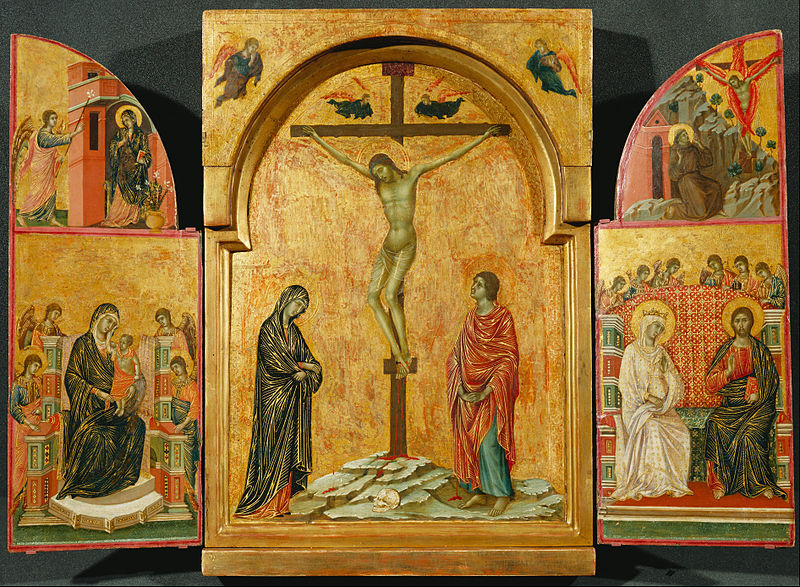 |
| Duccio - Triptych- Crucifixion and other Scenes |
 |
| Simone Martini and Lippo Memmi,
Annunciation with St. Margaret and St. Ansanus
Style notes: The work is composed of a large
central panel depicting the Annunciation, and two side panels with St.
Ansanus (left), and female saint, generarally identified with St.
Maxima[2] or St. Margaret, in the right, and four tondoes in the cusps:
Jeremiah, Ezechiel, Isiah and Daniel. |
 |
| Simone Martini and Lippo Memmi, Annunciation with St. Margaret and St. Ansanus, detail |
 |
| Simone Martini and Lippo Memmi, Annunciation with St. Margaret and St. Ansanus, detail |
Thanks to Wikipedia and Wikimedia Commons for illustrations and some descriptions.